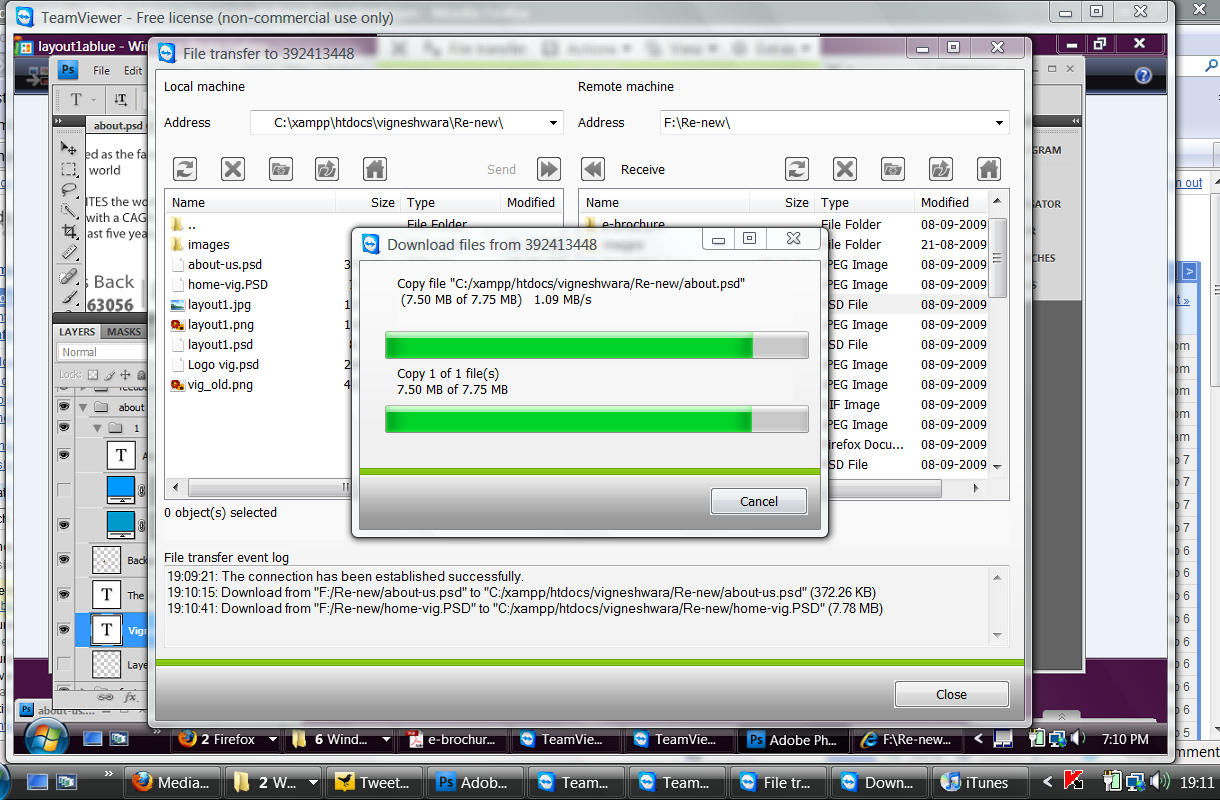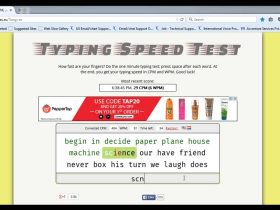Upload Files is a feature that allows you to accept photos, videos and documents from users on your website. This is important because it allows your users to create content without needing to print out hard copies and hand them over physically.
Before you can upload files to your site, it’s important to figure out what format your document is in. This can be done by scanning it, taking a picture of it or using a free mobile app.
Documents
Whether it’s a PDF form or a typed manuscript, documents need to get from point A to point B. Often that means uploading them to a website or a file-sharing platform.
Documents are a type of data that can be viewed, edited or printed. They’re usually text-based, and many have a file extension (some letters or numbers that come after a “.”).
If you have a hard copy document, you can digitize it before uploading it. This could be as simple as using a free mobile scanning app to scan and save it as a PDF. Or you might need to take a photo with a camera, and then use a software program to convert it to a file format that can be uploaded. For example, a RAW image file needs to be converted to a raster or vector file before it can be uploaded. This is something that a professional photographer or graphic designer would do.
Images
Image formats can have a significant impact on website performance. Choosing the right format allows your site to take advantage of modern web browser image compression features, reducing both download times and bandwidth consumption.
For uploads to Wikipedia you are required to ensure that your images have been either released under a free license or that you have permission from the copyright holder to use them. This can be done by using the standard form at Wikipedia:Copyrights#Permissions.
If you are working on a document typeset with Overleaf it is easy to include uploaded images in your documents. You can see the images you have uploaded to the editor in the left panel.
If you are working on a complex project it can be helpful to organize your images in folders. This can help you keep track of the different images you need to upload for each section of your document. It can also make it easier to find the image you need when editing your document.
Audio
Audio files are usually divided into two categories: compressed and uncompressed. Compressed audio files like MP3s lose data while being created, which reduces the quality of the file. Uncompressed audio files, on the other hand, are much larger but maintain their original sound quality.
Users can upload audio files to Google Drive by using the selection tools. Once the files are uploaded, they can be shared with other users via email. The recipient can either view or edit the audio files depending on the permissions that are selected.
To organize the audio files, users need to select them by clicking on the selection tool and then dragging them on the upload window. Alternatively, they can also use the drop-down menu to select different supported file types and click on them. This will automatically arrange the uploaded files to their corresponding folders. Alternatively, they can also import them from their Dropbox account.
Video
When you upload video to Drive, Google automatically saves a low-resolution version on the cloud that works well for most viewers, so they can stream it without needing high bandwidth. The quality will be restored if you download the video to your computer or device.
When adding or editing a video, you can use the description box to write more information about it and link to other resources. You can also add a time code to jump to a specific point in the video and #hashtags, which are a lightweight community way of grouping videos together.
You can control the permissions of your uploaded videos by selecting people, AD Security groups or Microsoft 365 Groups, who have view and/or edit rights. You can also select folders and tags, which will apply to any video that is being uploaded or is already uploaded and processing in Panopto. See Managing Files with Folders and Tags for more details.








Leave a Reply